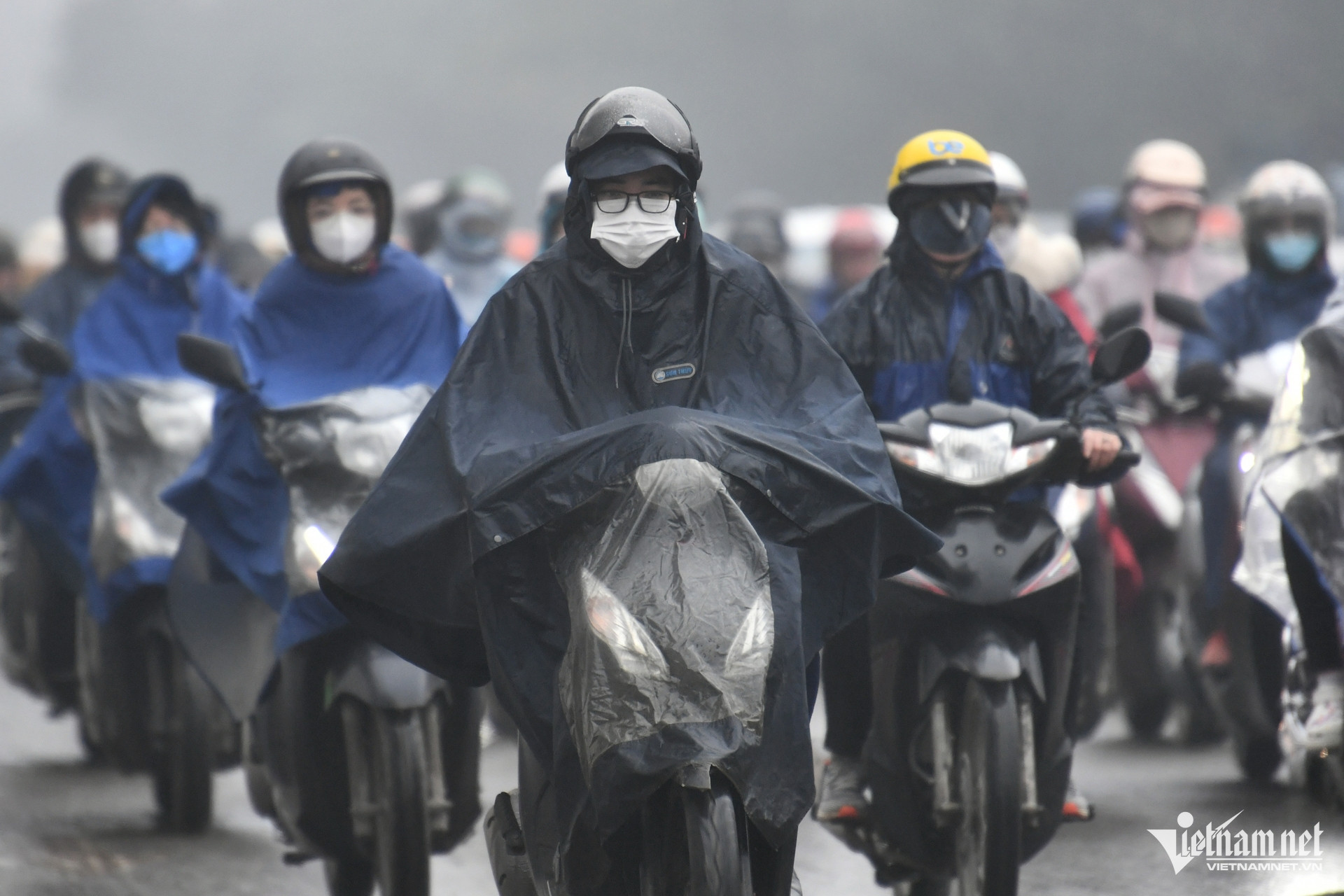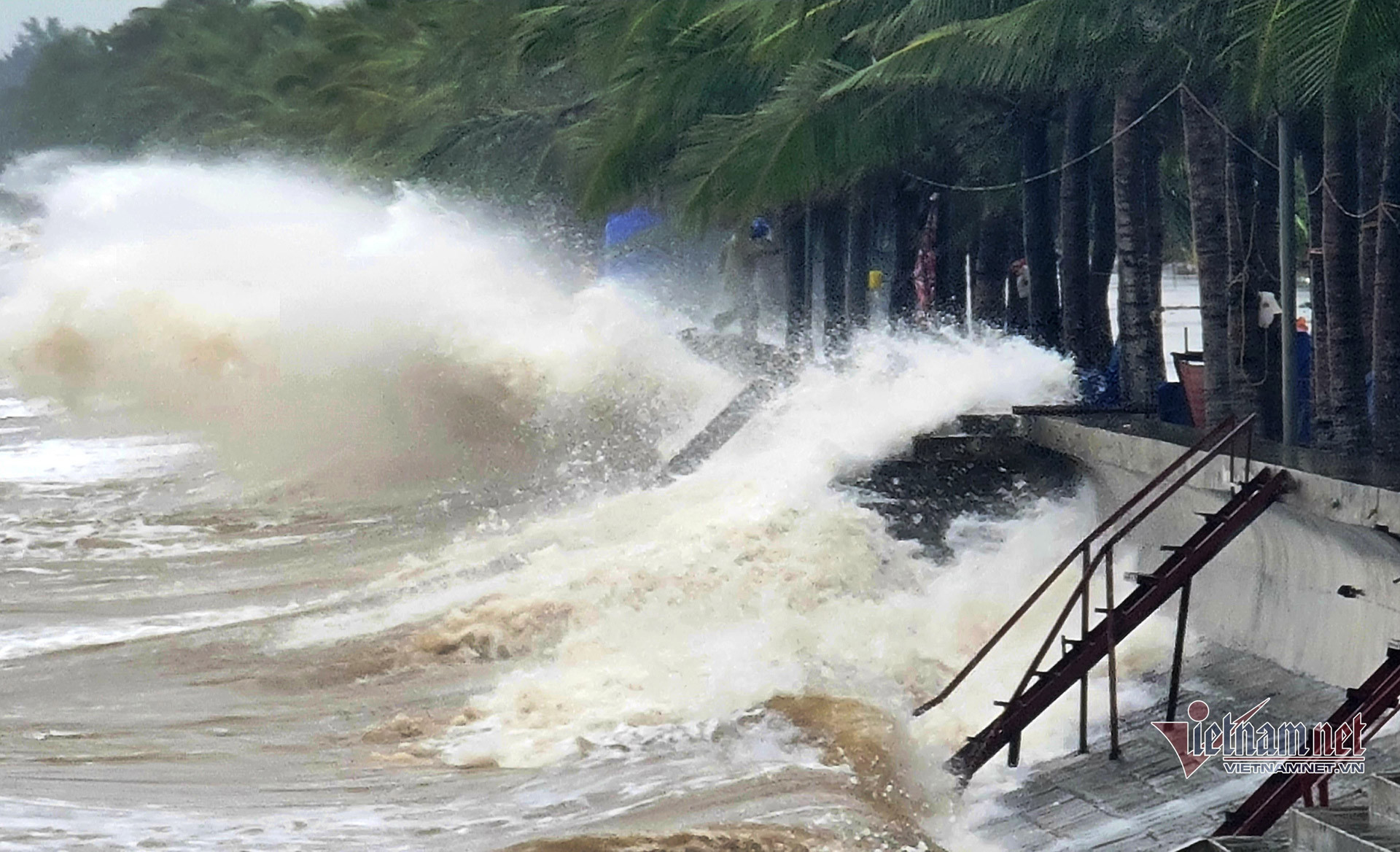
This year’s weather has been unpredictable due to climate change and a neutral ENSO (El Niño–Southern Oscillation) phase. As a result, typical patterns of rain, storms, and heatwaves are not following familiar scenarios. In May, the northern and north-central regions of Vietnam experienced unusually cool weather, even resembling autumn at times. Notably, the north faced extreme rainfall, and central Vietnam saw rare floods.
Specifically, two cold air spells hit in May - on the 10th and 24th - bringing widespread downpours to the north. In Bac Quang district (Ha Giang), persistent rainfall from May 15 to 23 totaled 995 mm, with 268.8 mm falling in a single day on May 21.
The central region experienced frequent showers and thunderstorms, some of them extremely heavy. In Ha Tinh, torrential rain occurred on the night of May 25 and morning of May 26, with totals ranging from 165 to 340 mm. The south-central coast, Central Highlands, and southern provinces also experienced widespread storms, with localized heavy rainfall.
The northwest, northeast, and parts of the northern delta experienced some heatwaves, but the number of hot days was unusually low for this time of year, with many days remaining refreshingly cool.
In Hanoi, the average temperature in May was 27.6°C, just 0.6°C above the same period in 2022. The capital only recorded three to four days of temperatures exceeding 35°C.
Experts attribute the unusual coolness and extreme rainfall to a weakened western low-pressure zone and more frequent troughs of low pressure descending from the north. These troughs brought lower temperatures and rain every few days, while cold air masses were also stronger than usual - likely due to anomalous wind structures caused by climate instability.
Unstable heat, recurring rain

At the beginning of June, northern Vietnam suddenly experienced two scorching days, with temperatures exceeding 40°C in some areas. However, these intense conditions quickly gave way to thunderstorms and cooler weather.
According to Tran Thi Chuc, Deputy Head of the Climate Forecast Department at the National Center for Hydro-Meteorological Forecasting, widespread heatwaves are expected early in the month and may recur throughout June in both northern and central regions. There is a risk of severe to extreme heat.
National average temperatures are forecast to align with historical norms, though northern Vietnam may be 0.5°C to 1°C warmer than average.
Importantly, June marks a period when tropical storms and depressions are likely to form in the East Sea, with one or two expected - close to the long-term average of 1.1.
Rainfall nationwide is expected to match historical averages, but north-central Vietnam may see 15–25% more precipitation than usual.
Chuc warned that northern and north-central regions could face several rounds of widespread heavy rain. In the Central Highlands and southern Vietnam, the southwest monsoon is forecast to strengthen, increasing both the frequency and intensity of rainfall.
Across the country, extreme weather phenomena such as thunderstorms, whirlwinds, lightning, hail, and strong winds may continue to occur.
Extreme weather: increasingly difficult to predict
Looking ahead, Nguyen Van Huong, Head of the Weather Forecast Division, noted that this year’s hottest months will differ from 2024. Peak heat is expected in June, July, and August rather than in April and May as seen last year.
In 2025, the northwest and northeast are expected to experience only two to four heatwaves; the northern delta may see four to six, while central Vietnam could face six to eight episodes.
Although 2025 heatwaves are not expected to be as intense as in 2024, temperatures in parts of western central Vietnam could still reach 41–42°C.
Typically, heatwaves in the north will last 3–5 days, and 4–7 days in the central region.
The rainy season for northern and north-central Vietnam will span from June to August. Rainfall in 2025 is projected to be consistent with the long-term average, with more than 20 rain events expected between now and year’s end.
Meteorologists caution that a neutral ENSO phase does not imply calm or stable weather. In the context of global climate change, it may actually lead to unusually cool conditions or extreme rainfall - sometimes more unpredictable than El Niño or La Niña.
To minimize risk and damage, experts advise the public and local authorities to regularly monitor weather forecasts and warnings from official sources and be prepared for extreme weather.
ENSO, short for El Niño–Southern Oscillation, has three phases: El Niño, La Niña, and Neutral.
Generally, La Niña years bring more storms and tropical depressions, while El Niño years are associated with prolonged drought and delayed rainy seasons. However, these patterns are not absolute, and anomalies can always occur.
Bao Anh